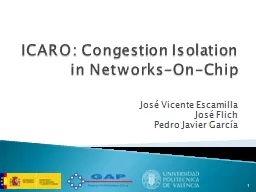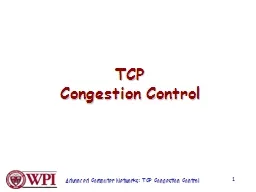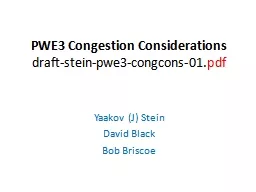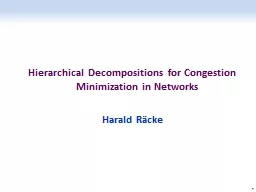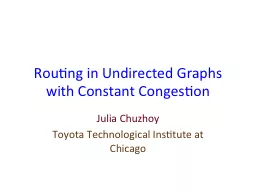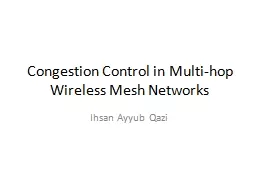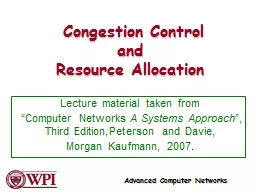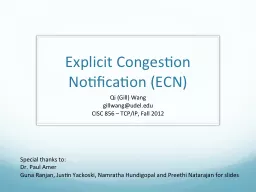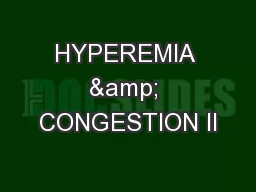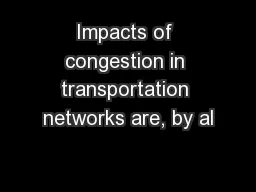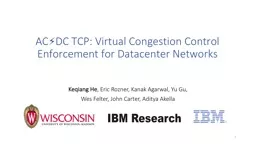PPT-ICARO: Congestion Isolation in Networks-On-Chip
Author : stefany-barnette | Published Date : 2015-11-13
José Vicente Escamilla José Flich Pedro Javier García 1 Introduction Motivation ICARO overview ICARO description Detection Notification Isolation Results Conclusions
Presentation Embed Code
Download Presentation
Download Presentation The PPT/PDF document "ICARO: Congestion Isolation in Networks-..." is the property of its rightful owner. Permission is granted to download and print the materials on this website for personal, non-commercial use only, and to display it on your personal computer provided you do not modify the materials and that you retain all copyright notices contained in the materials. By downloading content from our website, you accept the terms of this agreement.
ICARO: Congestion Isolation in Networks-On-Chip: Transcript
Download Rules Of Document
"ICARO: Congestion Isolation in Networks-On-Chip"The content belongs to its owner. You may download and print it for personal use, without modification, and keep all copyright notices. By downloading, you agree to these terms.
Related Documents

